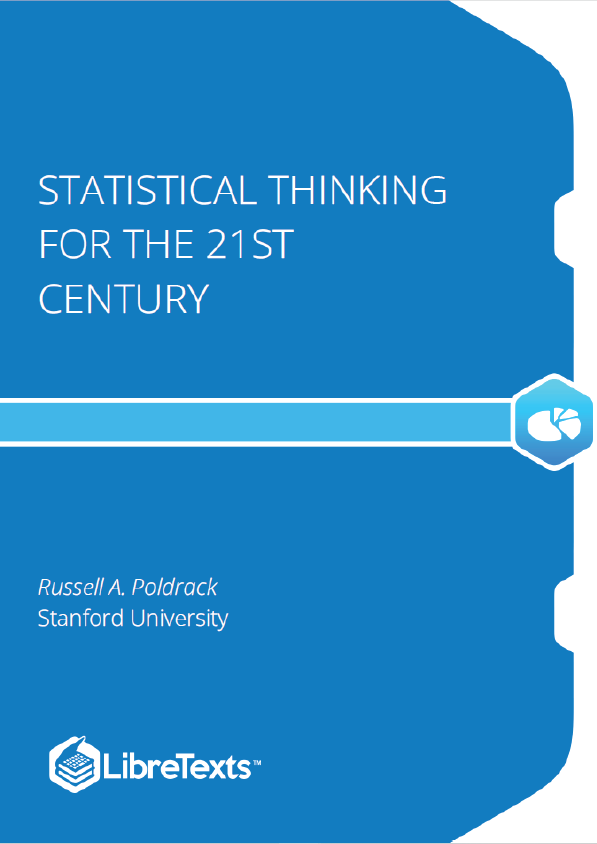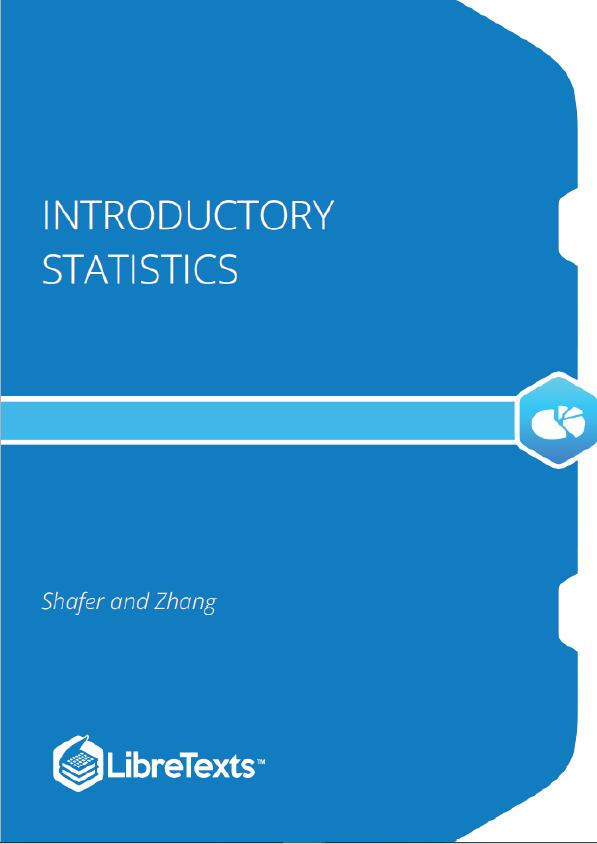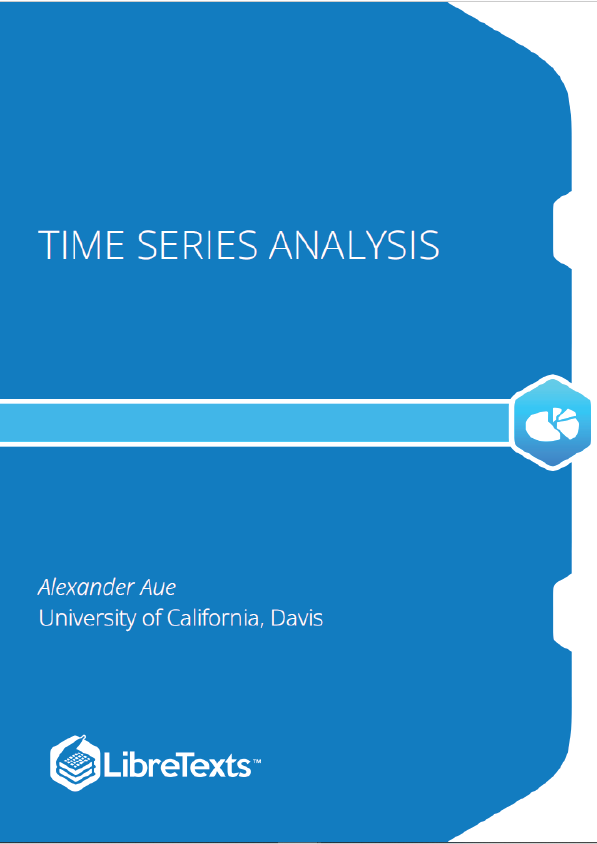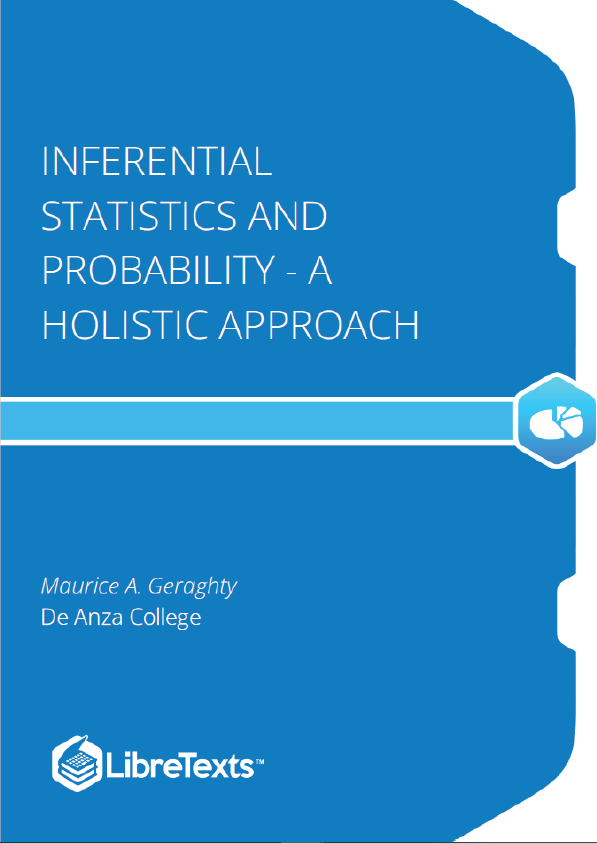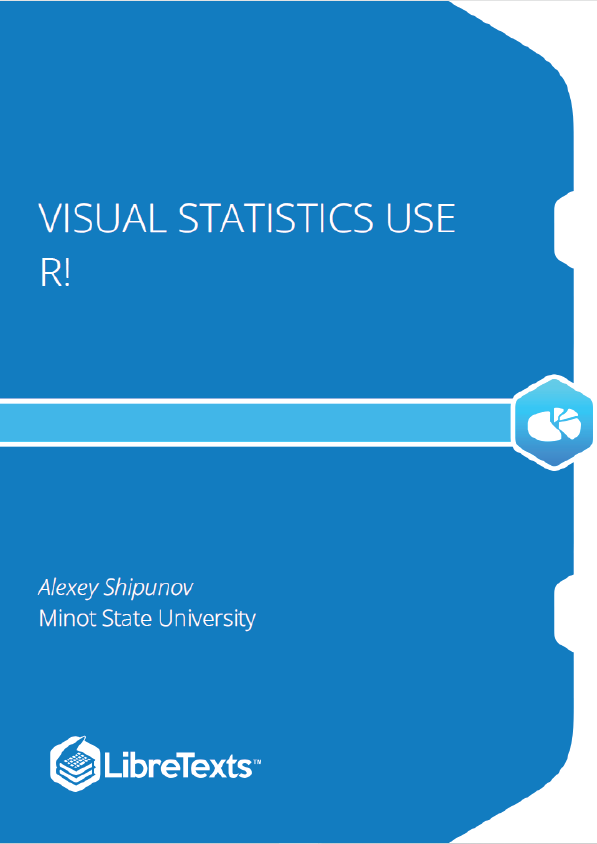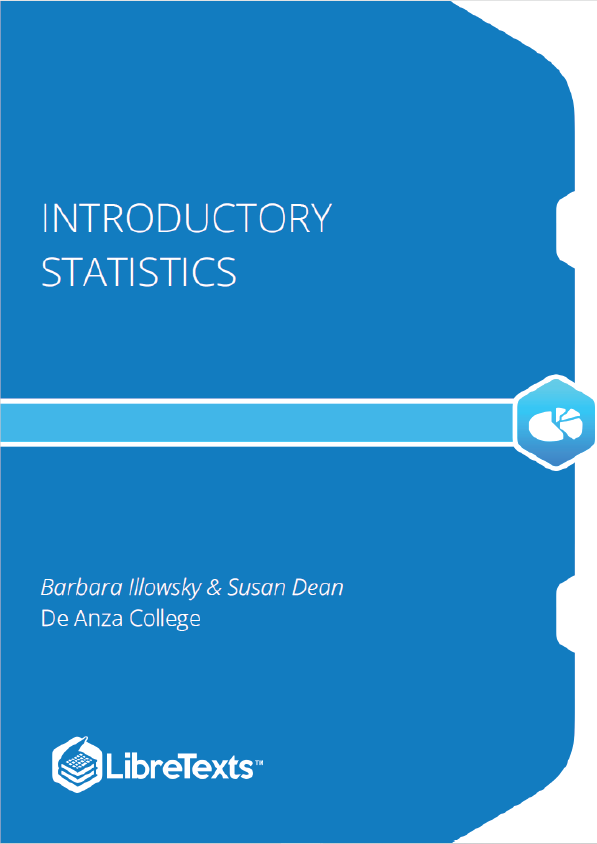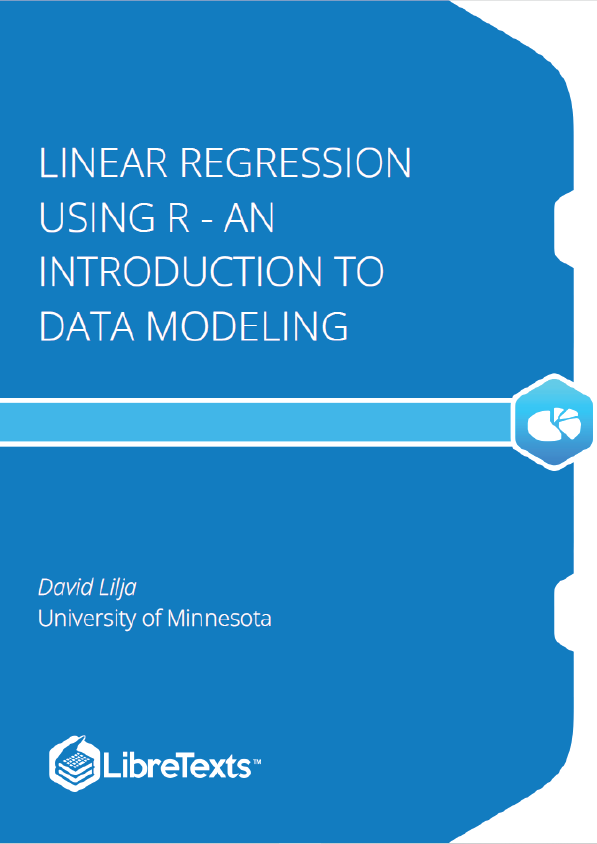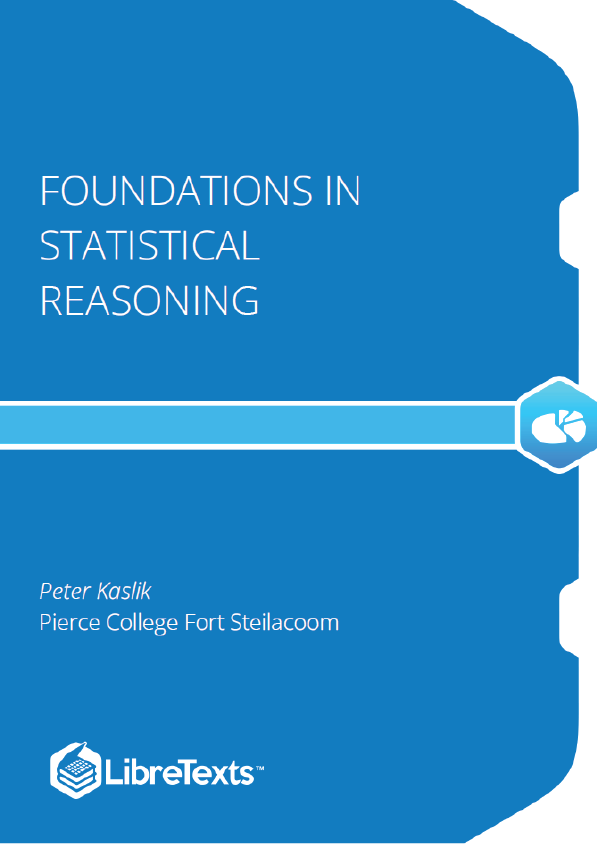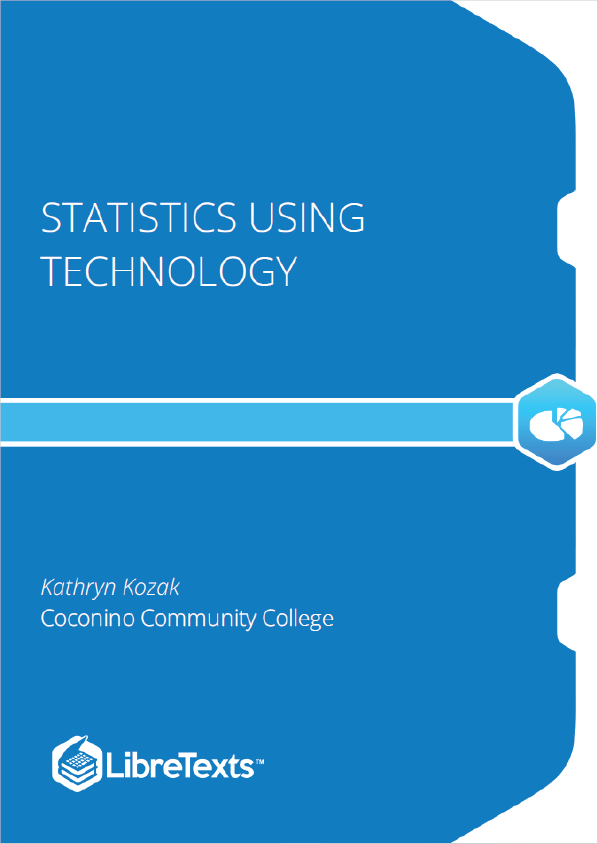Statistical thinking is a way of understanding a complex world by describing it in relatively simple terms that nonetheless capture essential aspects of its structure, and that also provide us some idea of how uncertain we are about our knowledge. The foundations of statistical thinking come primarily from mathematics and statistics, but also from computer science, psychology, and other fields of study.
What Is Statistical Thinking?
Statistical thinking is a way of understanding a complex world by describing it in relatively simple terms that nonetheless capture essential aspects of its structure, and that also provide us some idea of how uncertain we are about our knowledge. The foundations of statistical thinking come primarily from mathematics and statistics, but also from computer science, psychology, and other fields of study.
We can distinguish statistical thinking from other forms of thinking that are less likely to describe the world accurately. In particular, human intuition often tries to answer the same questions that we can answer using statistical thinking, but often gets the answer wrong. For example, in recent years most Americans have reported that they think that violent crime was worse compared to the previous year (Pew Research Center). However, a statistical analysis of the actual crime data shows that in fact violent crime has steadily decreased since the 1990’s. Intuition fails us because we rely upon best guesses (which psychologists refer to as heuristics) that can often get it wrong. For example, humans often judge the prevalence of some event (like violent crime) using an availability heuristic – that is, how easily can we think of an example of violent crime. For this reason, our judgments of increasing crime rates may be more reflective of increasing news coverage, in spite of an actual decrease in the rate of crime. Statistical thinking provides us with the tools to more accurately understand the world and overcome the fallibility of human intuition.
Dealing with Statistics Anxiety
Many people come to their first statistics class with a lot of trepidation and anxiety, especially once they hear that they will also have to learn to code in order to analyze data. In my class I give students a survey prior to the first session in order to measure their attitude towards statistics, asking them to rate a number of statments on a scale of 1 (strongly disagree) to 7 (strongly agree). One of the items on the survey is “The thought of being enrolled in a statistics course makes me nervous”. In the most recent class, almost two-thirds of the class responded with a five or higher, and about one-fourth of the students said that they strongly agreed with the statement. So if you feel nervous about starting to learn statistics, you are not alone.
Anxiety feels uncomfortable, but psychology tells us that this kind of emotional arousal can actually help us perform better on many tasks, by focusing our attention So if you start to feel anxious about the material in this course, remind yourself that many others in the class are feeling similarly, and that the arousal could actually help you perform better (even if it doesn’t seem like it!).
